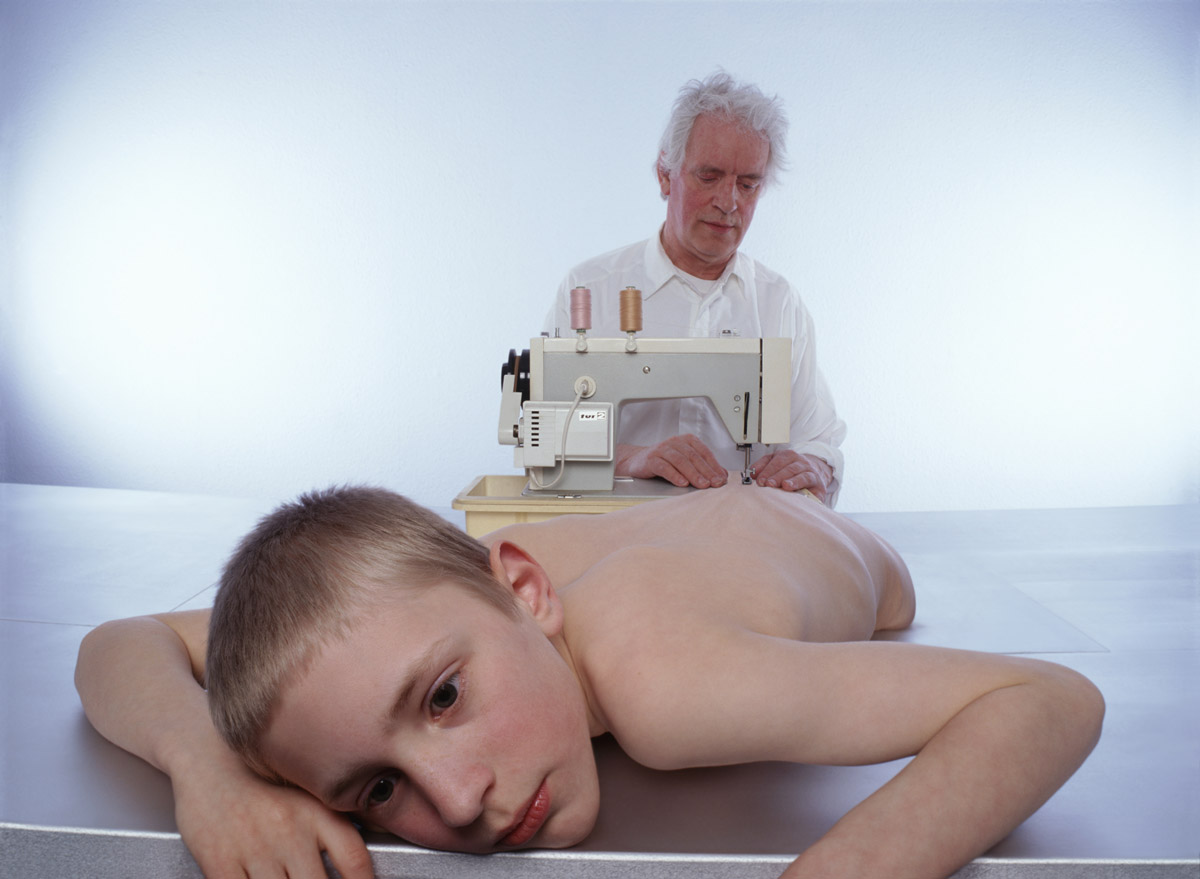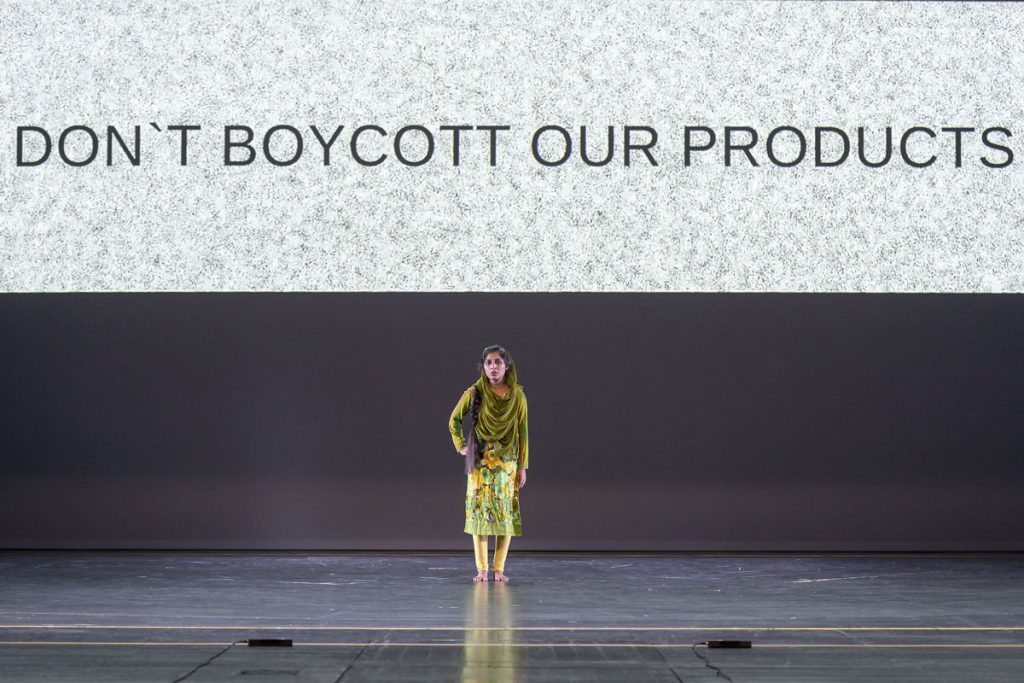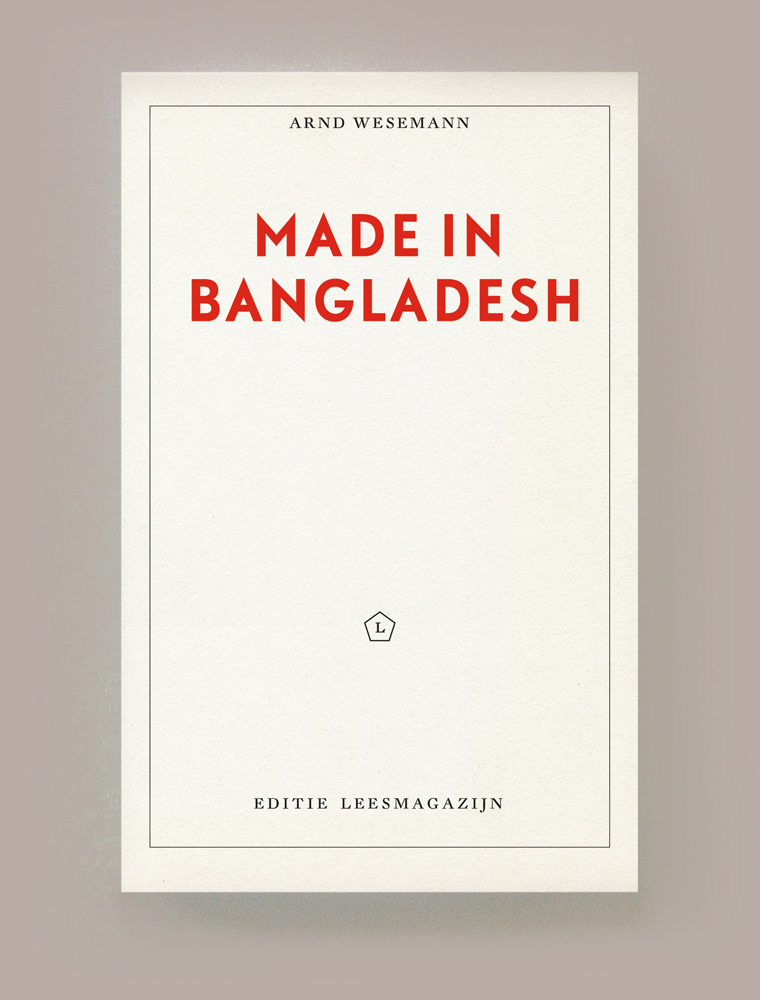Millions and millions of kilometers of yarn are unwound unremittingly from bobbins worldwide – in the myriad textile and sewing factories on this earth. Mechanically speaking, bobbins perform an almost endless pirouette. The human body follows exactly the same principle.

Made in Bangladesh
Sometimes the workers in the sewing factories in Bangladesh compete in sewing like teams of athletes competing in an elite sports event – until they are completely exhausted. Whoever produces the highest number of pieces is the day’s winner. Winners in art are the creatives, in dance studios for example, who participate in a market that has always denied behaving like a market.

